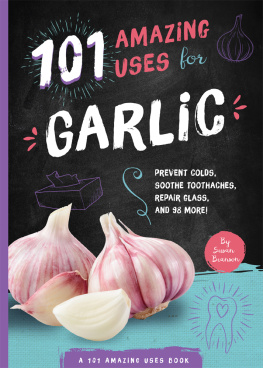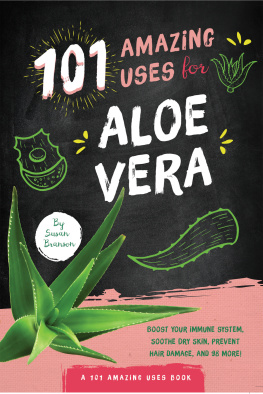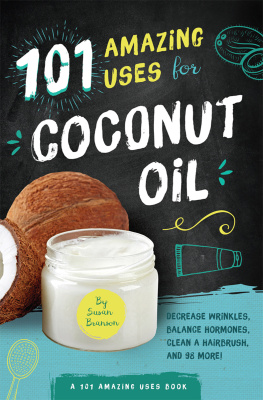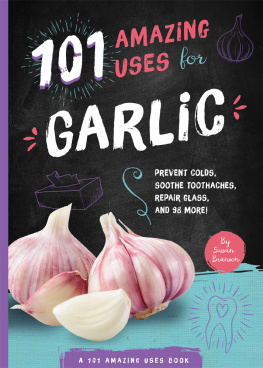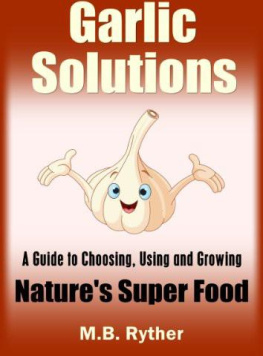
FOR My PARkLAND CoMMuNITY
#MSDSTrONg
Copyright 2018 by Susan Branson
All rights reserved.
Published by Familius LLC, www.familius.com
Familius books are available at special discounts for bulk purchases, whether for sales promotions or for family or corporate use. For more information, contact Familius Sales at 559-876-2170 or email .
Reproduction of this book in any manner, in whole or in part, without written permission of the publisher is prohibited.
DISCLAIMER: The material in this book is for informational purposes only. It is not intended to be a substitute for professional medical advice, diagnosis, or treatment. Always seek the advice of your physician or other qualified healthcare provider with any questions you may have regarding a medical condition or treatment. Never disregard professional medical advice or delay in seeking it because of something you have read in this book.
Library of Congress Cataloging-in-Publication Data
2018936022
Print ISBN 9781945547911
Ebook ISBN 9781641700580
Printed in the United States of America
Edited by Lindsay Sandberg
Cover design by David Miles
Book design by Brooke Jorden and Caroline Larsen
10 9 8 7 6 5 4 3 2 1
First Edition


CONTENTS

INTrODUCTiON

GARLiC, THE BELOVED HERB
Garlic is an herb closely related to onions, chives, leeks, and shallots. It grows underground as a bulb and is covered in papery skin; the bulb is divided into sections called cloves. The cloves are creamy yellow in color, and they are the part of garlic used in cooking and for medicinal benefits. You cant mistake the odor of garlic, and once you smell it, you never forget its uniquely wonderful aroma. When chopped, minced, or pured, the essence is strong, pungent, and spicy. When cooked, the flavor mellows and sweetens.
Garlic contains over two thousand biologically active compounds, but its flavor and aroma come from the sulfur compound alliin. This compound constitutes up to 1.15 percent of whole, fresh garlic cloves, but dried garlic can contain even higher amounts. Alliin is unstable, so as soon as the garlic clove is cut or crushed, the enzyme allinase is released from cells and acts on alliin to convert it to allicin, the odor-forming compound. The characteristic garlic odor can linger on the breath for hours. To reduce the intensity of the odor, immediately consume mint leaves, raw lettuce leaves, or raw apples. These foods have chemicals that can neutralize the odor-causing compounds in garlic.
The sulfur-containing compounds and their derivatives are thought to be primarily responsible for garlics array of biological activity, but other compounds present may also have therapeutic functions. Garlic exhibits antimicrobial, anti-inflammatory, and antioxidant activity. It improves circulation, lowers blood glucose levels, targets cancer cells, and protects the liver and nervous systems. Garlic has been and continues to be extensively researched in the hope of determining the full and far-reaching potential this herb has on human health.

THE UNiVErSAL APPEAL OF GARLiC OVER TiME
Garlic is one of the oldest cultivated plants and originated in Siberia or central Asia more than five thousand years ago. After discovery, its popularity quickly spread to different lands and cultures. Over the centuries, it was used as food, medicine, and money. It even turned up in mysticism and enchantment practices. Egyptians placed clay garlic bulbs in tombs, presumably to be used as gifts for the gods or as funds for the afterlife. This was done in the tomb of King Tutankhamen, for instance. These slaves ate the garlic, believing it gave them strength and sustenance. Not so for the upper class. They preferred to use garlic for medicinal and mystical purposes. One of the oldest Egyptian medical documents, Codex Ebers, mentions using garlic for general malaise, parasites, and circulation disorders. They also used garlic as currency. Fifteen pounds would get them a healthy male slave.
The ancient Greeks followed the Egyptian use of garlic to increase vigor, feeding it to their soldiers before going off to battle. Athletes competing in the early Olympics used it to enhance their performance.
In China, garlic was a staple in their daily diet and was used as a food preservative. Chinese medicine records show an early use of garlic for mental and emotional disturbances like depression, insomnia, and fatigue.
When garlic made its way to Europe, it was the monks who grew the herb and maintained knowledge of its therapeutic uses. Like their predecessors, garlic was given to those with physically demanding jobs in order to boost their strength and productivity. Here also the upper classes felt garlic was not fit for consumption. They may have changed their minds during the Great Plague, however, when garlic was used by many to ward off infection. The use of garlic for medicinal purposes grew over time, and it was recommended for a variety of health issues. Even the wealthy came to recognize and value garlics benefits, despite continuing to avoid it in their diet. European folklore professes garlic to have the power to ward off the evil eye and was used to keep vampires at bay. To this end, garlic was carried on the person, hung over windows, and rubbed on keyholes and chimneys.
Garlic made its way to North America with the French and Portuguese explorers, although the Native Americans were already using a similar bulb that grew in the wild. Today, the fascination with garlic and its purported benefits have led researchers to attempt to validate the centuries of anecdotes and folk tales and to lend credence to the multitude of cases demonstrating garlics healing properties.

WHAT yOU NEED TO KNOW ABoUT THE DIFFErENT FOrMS oF GArLIC
When shopping for fresh garlic, choose firm, clean bulbs with intact papery skin. Make sure no mold or green sprouts are evident. Some varieties are white, while others have purple or red skin, both of which often indicate a rich flavor. Consuming fresh garlic cloves in savory dishes is a wonderful way to add flavor to food and benefit from its medicinal properties. While many people love the taste of garlic, they dont enjoy the odorous breath that follows for hours afterward. It can even seem to seep through the pores if eaten in large amounts. Raw, fresh garlic may also cause gastrointestinal upset, including indigestion and flatulence. However, if you tolerate it well and favor it as a flavoring agent in food, stock up on fresh garlic bulbs and store them in a mesh bag in a cool, dry place. They will keep for up to two months in whole form at room temperature, although lower temperatures, around 60 degrees Fahrenheit, will preserve them for close to five months. Cloves removed from the bulb will last for about ten days unless they are peeled and chopped, in which case they will remain good for up to a week in refrigerated conditions.
Next page
